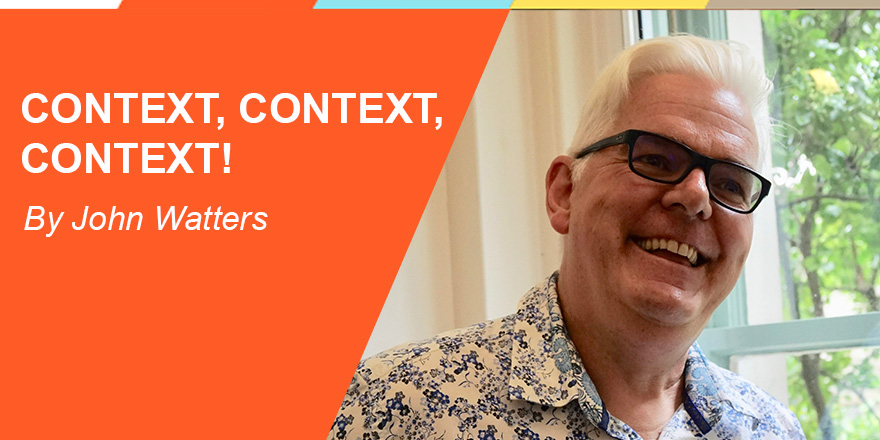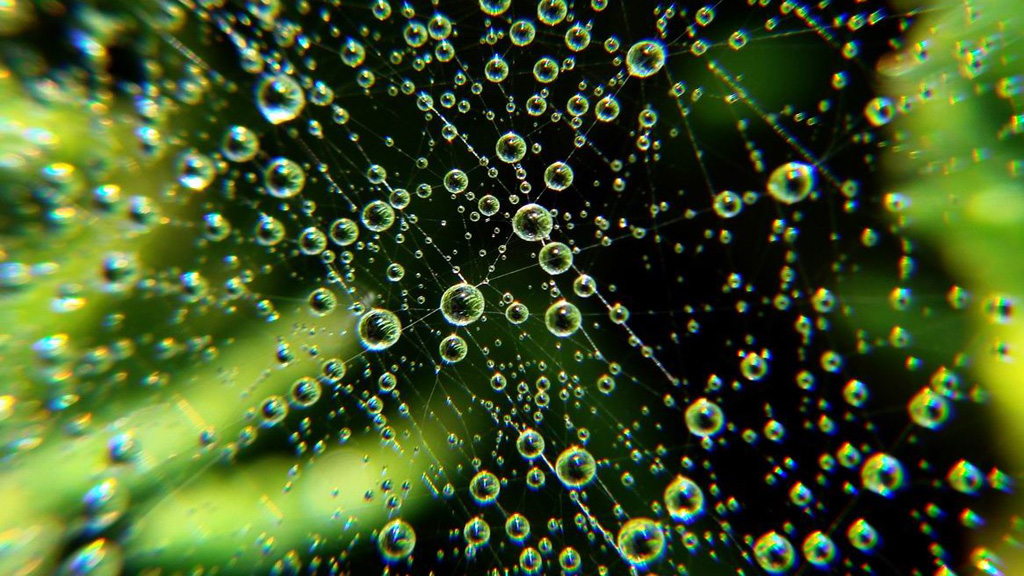

‘To organise’ is a verb, from which we have created a noun, ‘organisation’ but what is an organisation really? It’s not its articles of incorporation, or its buildings, or even just its people – Ralph Stacey, a leading scholar on complexity and management, argues it is the complex set of social processes and relationships interconnecting them. Although this makes sense, it is not our usual way of relating to organisations, and it has some profound implications for leadership and change.
Stacey challenges us, in this video to think about organisations, not as fixed entities, but as a collection of human social processes and relationships interconnecting them.
Stacey covers many important areas that we in Future Considerations have been working on and continue to work on. Senior Consultant for Future Considerations Tim Stanyon says, “The need for and importance of ‘intentionality’ – being clear WHY we are doing what we are doing. One key way to do that is to have a culture where discussing thoughts and feelings is commonplace, where assumptions are surfaced and shared and patterns noted are actively considered against a test of ‘are they serving us?’”.
Stacey points out the social nature of organisations – that essentially we are all creating and re-creating the organisations we are part of. There are many links here to Laloux’s work and Heifetz – especially the notion that organisations are the product of our behaviours and rather than seeing them as ‘broken’ we need to consider that in some ways they are perfectly designed to achieve what they are achieving and for some at least ‘working well’. Says Stanyon “This is a vital insight when working on organisational change“.
Jon Freeman, elaborates “There is a simplicity the other side of this complexity. Paradox is a feature of the universe, but what Stacey is describing are polarities, like breathing in and breathing out, and polarities have to be managed – as Barry Johnson has written in some detail. Life is a dance between order and creative chaos – the Chaord that Dee Hock describes. It is also a dance between the I and the We – our individual self-expression and our choice to be collective. The stages of development that Laloux refers to arise from our human journey with these dances. Becoming aware of our experience is a start, but so much more is possible. The originating theory beneath Laloux’s “stages” (Spiral Dynamics) is filled with insights that make sense of the patterns and simplify the complexity. We can see how they are showing up, and how we might find some new dance steps or change the music.”
Ralph Stacey is telling us of the need to change how we think. We explored the dance in our “Making Teal Real: how to reinvent organisations” workshop on April 24th 2017. Jon Freeman will be teaching the deep choreography in his Spiral Dynamics trainings in May and October. What if the new ways of thinking could be easy? [caldera_form_modal id=”CF59ddd7229baa5″]Click here to keep in touch and find out when our next events will be taking place.[/caldera_form_modal]
To go further, see Stacey’s book: Complex Responsive Processes in Organisations. Or get in contact with me to discuss your organisational challenges.
Future Considerations Ltd
29 Adonis Street, Acropolis
Subdivision, Libis,
Quezon City,
Philippines 1110
Jon’s early career designing applications led to him becoming IT director for a market-leading multinational. His systemic perspective, allied with a background in psychology and subsequent leadership experience inside major organisations was followed by intensive learning in personal development, values systems and multiple intelligences. Brought together, these create a transformational perspective for understanding and developing organisations as living systems. Jon is a master trainer in Spiral Dynamics, a founder director of the UK chapter of Conscious Capitalism and a certified Spiritual Intelligence coach. He is the author of several books and articles and is developer of Relational Being, a visionary whole systems approach to evidence-based spirituality, complexity science, human emergence, societal change and conscious business. This breadth of experience and deep understanding informs his work as a consultant, coach, trainer and facilitator.